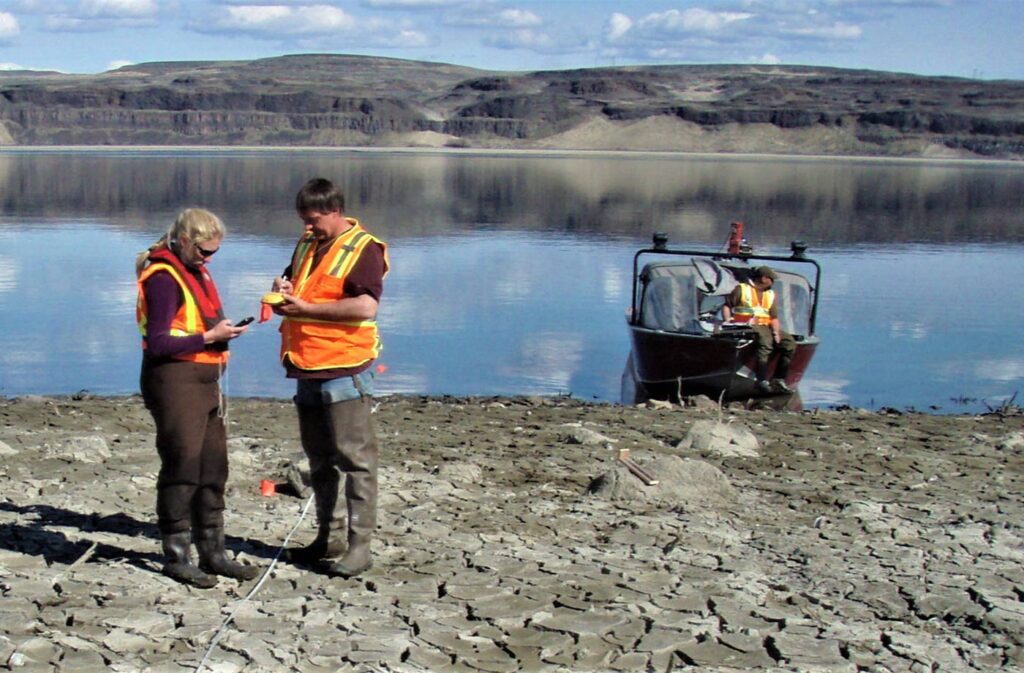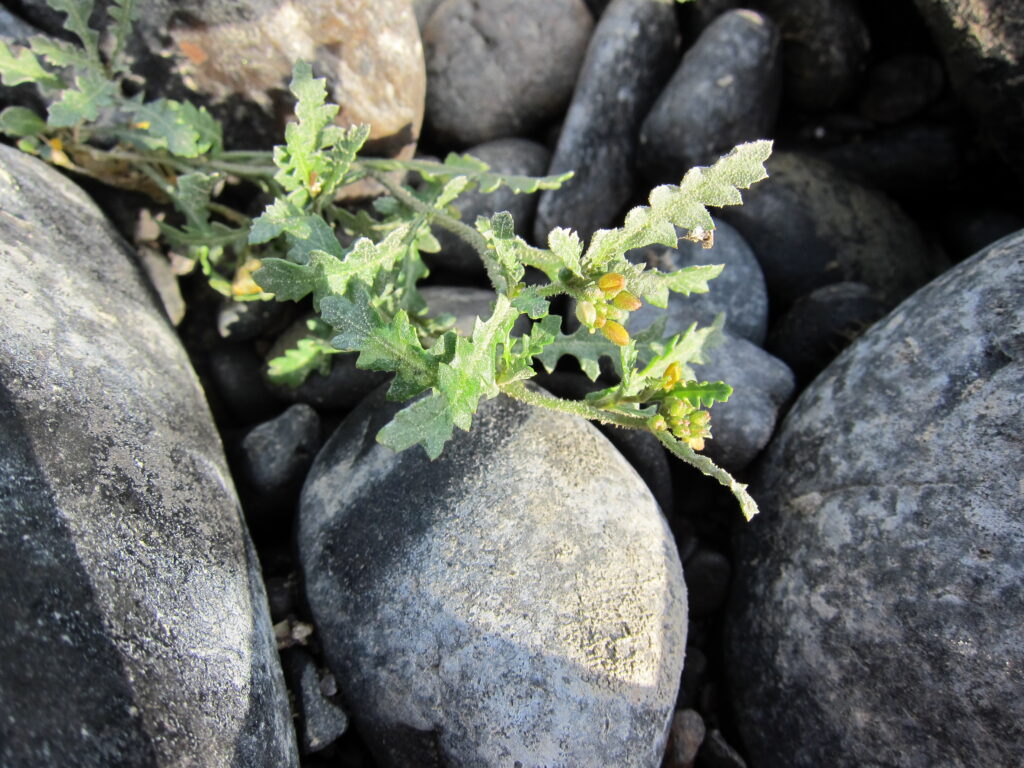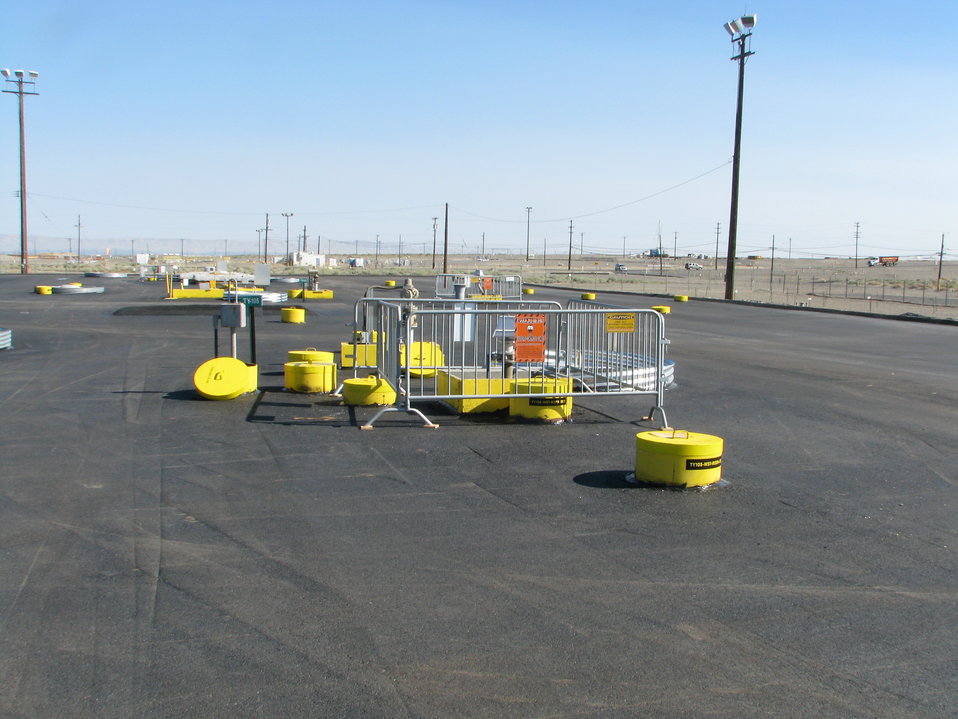ASSESS BENTHIC COMMUNITY IMPACTS AS A RESULT OF DECREASED WATER LEVELS
Grant County PUD Awards Environmental Assessment Services Contract To Assess Benthic Community Impacts As A Result Of Significant Water Level Reductions In The Wanapum Reservoir EAS was awarded a contract to support Grant County Public Utility District to characterize benthic community impacts that may have resulted from a nearly 27-foot water level drawdown on the […]
ASSESS BENTHIC COMMUNITY IMPACTS AS A RESULT OF DECREASED WATER LEVELS Read More »










